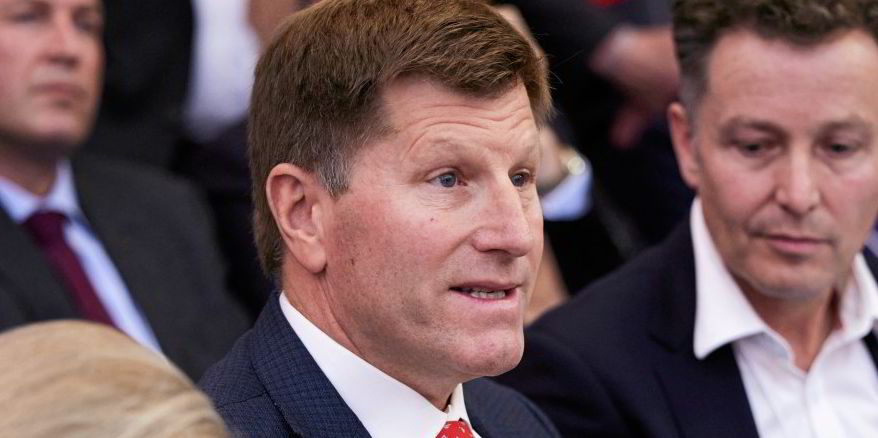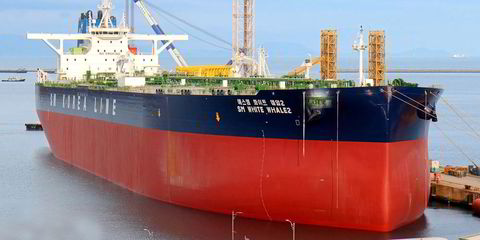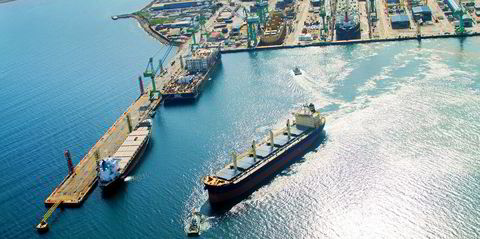Investing in new tankers makes little commercial sense because of the uncertainty over the future of green fuels, says Ridgebury Tankers boss Robert Burke.
The wait-and-see approach adopted by shipowners is a key factor in the historically low tanker orderbook that will continue to drive strong rates over the next two years, he told Capital Link’s Shipping & Marine Services Forum in London.
A good asset investment is in a five-year-old ship, according to Burke, who said he could not go to investors and promise to “save the universe” and then lose money paying over the odds for a newbuilding with an in-built gamble on likely future fuel use.
“When you invest money in anything, you want as few variables as possible — and if the biggest variable is fuel and engine type, where is the encouragement to buy a new ship?” he asked.
“The money is telling you what to do. Money tells me not to buy a new ship.”
The chief executive of Connecticut-based Ridgebury Tankers said the only pressure to buy is coming from companies that want to be part of “visionary thinking” without focusing on the bottom line.
The green energy gap was highlighted by shipping analyst Martin Stopford, who expressed concerns about how the industry will deal with the conundrum before a next-generation fuel front-runner emerges. Current investment decisions are “really difficult”, he told the conference.
The orderbook for VLCCs stands at around 4% of the total fleet, with suezmaxes at 2.8%, according to shipbroker Howe-Robinson.
A house is home to three mice, one mousetrap and one lump of cheese. Who gets to eat dinner?
The Robert Burke rule of first mover economics guides that the first mouse out of the blocks has the best opportunity to grab the cheese — but stands the greatest risk of getting “splatted”.
Mouse number two swiftly moves in to grab the cheese from underneath the nose of its unfortunate rival without risk to life or limb. The third mouse will survive for now — but will remain hungry.
The clear winner of the mousetrap ordeal is mouse number two.
It highlights why, said Burke, that “I don’t know of any point in time when first movers in shipping made a fortune.”
The stagnant orderbook will help the sector to avoid the worst of the wild swings of the market by stopping high rates leading to a rush of newbuilding activity, said Ted Petrone, vice chairman of Navios Corp.
“We’re being saved from ourselves by the [International Maritime Organization] regulations,” he said. The crude tanker market cycle since the World War II has been a market boom followed by over-ordering of newbuildings that have exacerbated the downturn, said Petrone.
“I don’t see that happening to any degree,” he added.

Burke said crude tanker markets are set for a “really, really strong winter” that could last for the next two years.
Ridgebury has taken advantage of booming asset prices to sell 16 tankers with hefty profits, he told the conference.
It bought four VLCCs, three suezmaxes and eight MRs, all second-hand, since 2021 and has sold most of them in the past three months.
The latest disposals included the 53,700-dwt Ridgebury Birch and Ridgebury Acacia (both built 2006) for just under $17.5m each. They were bought in summer 2021 for $12m each.





